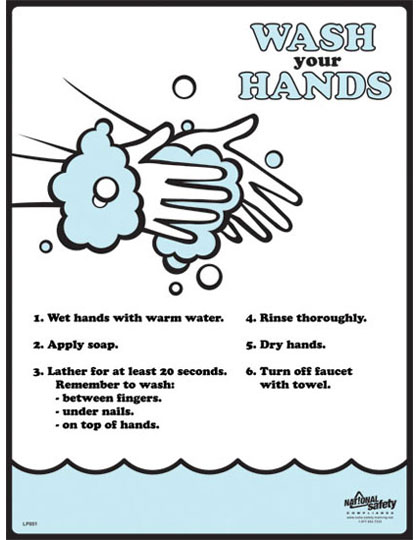GUEST BLOG – JOHN BISNAR, ATTORNEY
As our parents and grandparents age, we want to find the very best care possible for them. With most people facing the dilemma of balancing work and elder care, it is impossible to do what we might really like to do: keep our parents at home. If one or both parents suffer from debilitating illnesses that require round-the-clock care, few people can afford to provide that care in the privacy of a personal residence. Instead, more and more people turn to managed elder care in the form of retirement communities and nursing homes to provide the day-to-day care our senior family members need.
However, it is frightening to consider the statistics of nursing home injuries and deaths. Over 30 percent of all nursing homes have experienced some form of abuse of the residence by staff members or other residents. Only about 20 percent of abuse cases are ever reported. This means that many instances of abuse or neglect are occurring every day in nursing homes across the country, and that family members and governing authorities are unaware of the majority of these incidents. In those cases, an attorney should be contacted.
If you or someone you love has been the victim of poor treatment, neglect, or abuse at the hands of staff or residents of a nursing home or elder care facility, you do not have to remain silent. An Orange County nursing home lawyer will be happy to talk with you about your case and determine the best course of action to stop, prevent, or recover damages due to the abuse.
Nursing home abuses range from minor inconveniences, such as forcing a resident to wait excessive periods for food or service, to major and deadly actions such as beating or withholding needed medication. More than fifty percent of nursing home patients do not have close family members who visit regularly, so these seniors are often the target of severe abuse and neglect on the part of careless or unkind staff members. Many of the staff employed by nursing homes are also severely overworked, with one nurse responsible for up to thirty patients. Under these conditions, it is very easy for abuse or neglect to take place, and highly unlikely it will be reported.
What can you do to prevent your elderly loved ones from experiencing nursing home abuse and neglect? First, stay visible. It is important to visit on a regular, but not predictable, basis and observe carefully the conditions under which your loved one is kept. Next, talk to your relative about his or her treatment in the nursing home. Do not automatically discount any stories of bad treatment, but make assertive inquiries with the staff. Often, knowing that someone is watching and interested is enough to deter any bad staff behavior. Finally, if you know that someone you love has been mistreated in a nursing home, or if you yourself are the victim of nursing home abuse, contact an Orange County nursing home attorney immediately for a consultation.
Our thanks to John Bisnar, of the Law Firm of Bisnar & Chase. Every elderly person deserves the attention and care that they would receive if they were able to safely live in their own home. Many nursing homes and private care homes offer that type of service; however, too many of our little citizens fall into the category of questionable care. As John mentioned above, one of the best ways to ensure their safety is to pop in as often as you can, and never at a regular time. A visit to a family member or friend means so much to the residents that we all should do a better job of checking on them, and let them know we care. I want to add one thing: if you suspect any abuse or other problem, go to the administration and speak up. My concern is especially for the ones that have no one to stand up for them. In that case, an Ombudsman or other representative should contact a local attorney. Our parents took care of us; it’s our turn to see that they are taken care of. This article is very important to anyone who is facing the decision of relocating their parents or grandparents or a loved one.
